Ceramic (Ferrite) Magnets Materials
Ceramic magnet material (Ferrite) is one of the most cost effective magnetic materials. It has a fair to good resistance toward corrosion and it can operate in moderate heat. Ceramic (Ferrite) magnets have low energy product and they are usually used in assemblies containing mild steel.
The standard sizes of all hard ferrite shapes mean the size of finished products which undrgo sintering and grinding processed. Owing to the factors such as sintering temperature, intrinsic material features and process controlling. Size tolerance between designed sizes and that of finished products are allowed. The tolerance are listed in the following tables:
Products Magnetization
|
Magnetization |
Sketch |
|
Axially |
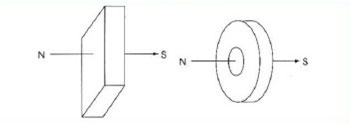 |
|
One face multi-poles |
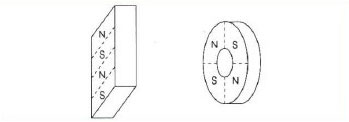 |
|
Double face multi-poles |
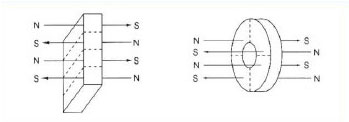 |
|
Fully Radially |
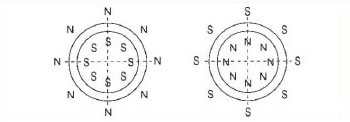 |
|
Radially multi-poles |
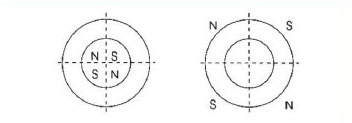 |
Sizes of Ceramic (Ferrite) Magnets Materials
|
Shapes |
Standard sizes |
General tolerance without grinding |
General tolerance afetr special grinding |
 |
External Diameter |
D±2% |
D±0.1mm |
|
Inside diameter |
d±2% |
d±0.1mm |
|
Thickness |
T±1.0mm |
T±0.1mm |
 |
Diameter |
D±2% |
D±0.1mm |
|
Thickness |
T±1.0mm |
T±0.1mm |
 |
Length |
L±2% |
L±0.1mm |
|
Width |
W±2% |
W±0.1mm |
|
Thickness |
T±1.0mm |
T±0.1mm |
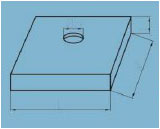 |
Length |
L±2% |
L±0.1mm |
|
Width |
W±2% |
W±0.1mm |
|
Thickness |
T±1.0mm |
T±0.1mm |
|
Inner bore |
d±2% |
d±0.1mm |
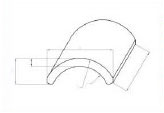 |
Chord length |
W±1.5% |
±0.2 |
|
Shaft heights |
L±1.5% |
±0.2 |
|
Thickness |
|
±0.1 |
|
External radius |
|
±0.1 |
|
Inside radius |
|
±0.1 |
|
Sagitta |
|
±0.3 |
Production Process of Ceramic (Ferrite) Magnets Materials
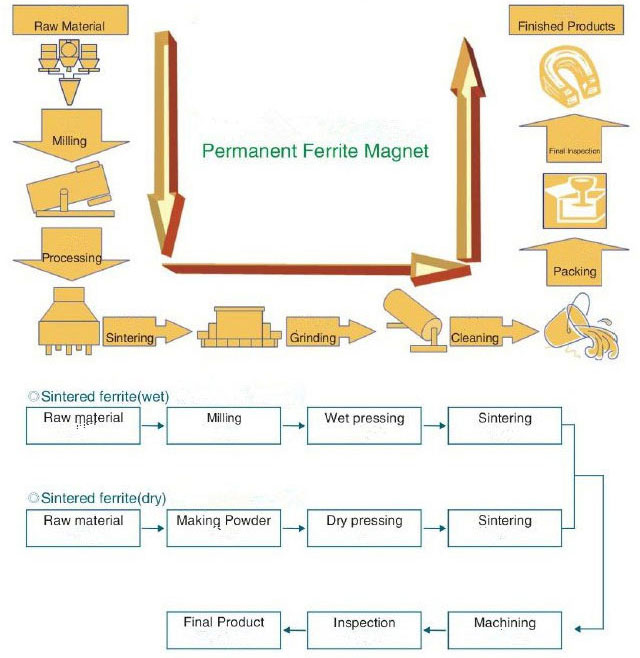
Advantages of Ferrite Magnets
• Do not corrode in water.
• Can be used up to +250 degrees C (482F)
• Sometimes up to +300 degrees C (572F) in special circumstances.
• High coercivity (Hci) that increases as magnet heats up.
• Electrically insulating.
• Low cost.
Disadvantages of Ferrite Magnets
• Not as strong as Rare Earth Magnets – typically offering around 1/7th the pull force of similarly sized NdFeB.
• Specialised shapes can carry tooling charges.
• When taken to around -20 degrees C (-4F) and colder, the Intrinsic Coercivity (Hci) falls to a level that risks the magnet possibly starting to demagnetise (depending on the shape and the application).
Typical Applications for Ferrite Magnets
• Motors and Generators
• Meters
• Marine applications
• High temperature applications.
• Lower cost pot magnets and clamping systems
• Loudspeakers
• Overband magnets


 Data sheet
Data sheet










